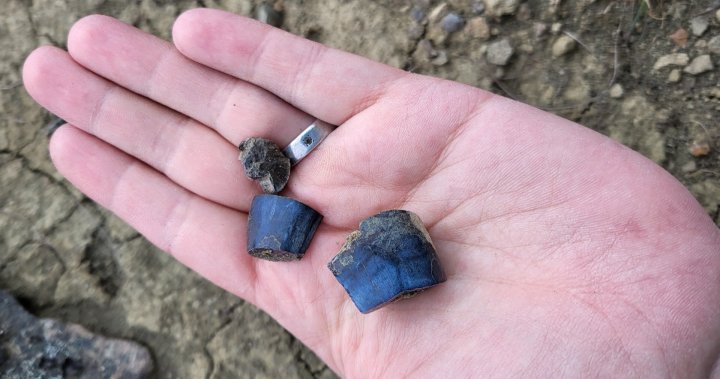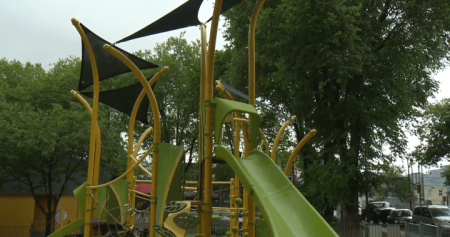A significant discovery was made in northern British Columbia when researchers from the Royal BC Museum found more than 90 dinosaur fossils believed to be 66 to 68 million years old. This discovery was made in a remote area of the Spatsizi Plateau Wilderness Provincial Park, about 500 kilometers from Prince George. The team of researchers had to helicopter into the area, as it is difficult to find dinosaur bones in B.C. The collection of over 90 bones in one summer is a remarkable feat and represents a new area for finding fossils in the region.
Protected fossils in British Columbia require permits for collection, and the fossils found by the Royal BC Museum team were collected with the permission of the Tahltan First Nation. These fossils are now part of the museum’s permanent collection but have not yet been put on display. This discovery highlights the importance of protecting and preserving fossils, especially when they are found in remote and difficult to access areas.
The discovery of these dinosaur fossils in northern B.C. is significant as it adds to the understanding of the prehistoric creatures that once inhabited the area. The fossils are believed to be millions of years old, and studying them can provide valuable insights into the history of the region and the creatures that once roamed there. The fact that these fossils were found in a new area for fossil hunting in B.C. makes this discovery even more exciting for researchers and paleontologists.
The Royal BC Museum paleontologist, Victoria Arbour, described the difficulty in finding dinosaur bones in B.C. and the extensive work that went into this discovery. The team’s efforts paid off with the collection of over 90 bones in just one summer, highlighting the rare and unique nature of this find. The remote location of the discovery adds to the challenge of collecting fossils, but also underscores the importance of exploring new areas for potential fossil finds in British Columbia.
The protection of fossils in B.C., with permits and permission from Indigenous communities, ensures that these valuable specimens can be preserved and studied for future generations. By adding these dinosaur fossils to the museum’s permanent collection, the Royal BC Museum is contributing to the scientific understanding of prehistoric life in the region. The collaboration with the Tahltan First Nation also highlights the importance of Indigenous knowledge and involvement in the study and preservation of fossils in British Columbia.
Overall, the discovery of over 90 dinosaur fossils in northern B.C. represents a significant milestone in paleontological research in the region. The remote location of the find, the age of the fossils, and the new insights they can provide into prehistoric life make this discovery a valuable addition to the Royal BC Museum’s collection. With further study and analysis, these fossils have the potential to reveal new information about the dinosaurs that once roamed British Columbia and contribute to our understanding of the ancient ecosystems that existed millions of years ago.















